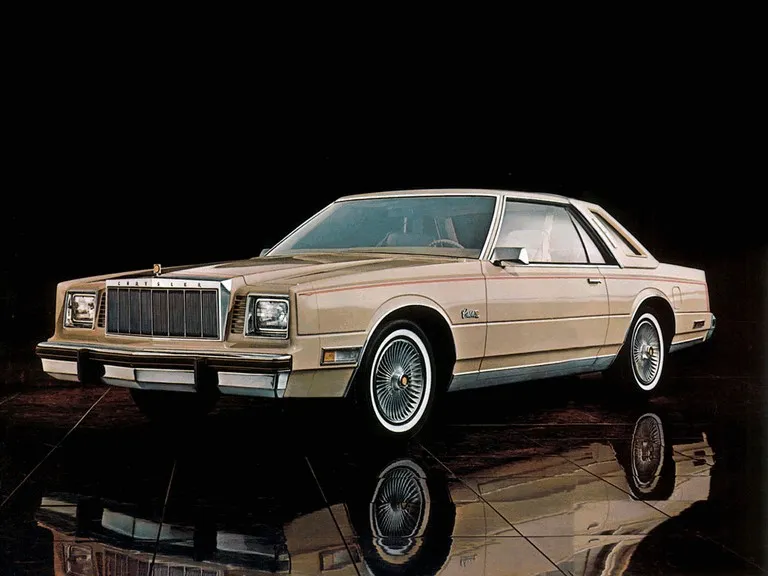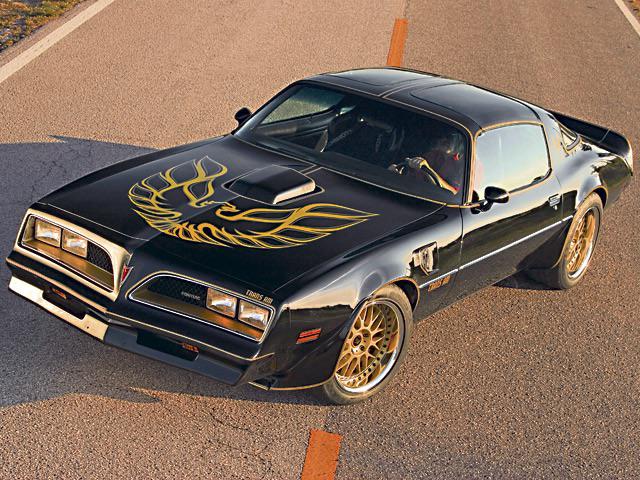The late 1970s were a time of transition and innovation in the automotive world. Amidst growing concerns about fuel efficiency and changing consumer preferences, American automakers sought to adapt to the changing landscape. The 1979 Plymouth Horizon TC3 emerged as a compelling response to these challenges. In this article, we'll take a journey back in time to explore the history, design, features, and enduring legacy of the 1979 Plymouth Horizon TC3.
Design & Styling
The Horizon TC3 was more than just a standard Horizon with a few upgrades. It had a distinctive look, thanks to its aerodynamic notchback design. This departure from the conventional hatchback style of the base model gave the TC3 a sportier, sleeker aesthetic appeal. The design was not purely for aesthetics either; it also contributed to the vehicle's improved performance.
Further enhancing the sporty nature of the TC3 was an optional sport suspension package. This included larger wheels and tires, stiffer springs, and performance-tuned shocks. Together, these modifications transformed the TC3 into a more agile vehicle, capable of delivering a more engaging driving experience.
Interior & Features
Inside, the Horizon TC3 maintained the practicality for which the base Horizon was known, but added a touch of sportiness. The TC3 came with sport bucket seats, providing added support for more spirited driving.
Like the base model, the TC3 also provided ample cargo space, thanks to its efficient design. However, it was the range of optional features that truly set the TC3 apart. These included air conditioning, a variety of audio systems, and a sunroof, allowing buyers to customize the TC3 to their personal preferences.
Engineering Highlights: The 1979 Plymouth Horizon TC3
The Plymouth Horizon TC3 was engineered with a front-wheel-drive layout, a design concept that was gaining popularity in the late 1970s. This layout was beneficial in terms of fuel efficiency and interior space utilization, as it eliminated the need for a bulky driveshaft tunnel running through the middle of the car.
The engine was transversely mounted, which further enhanced the packaging efficiency of the car. The basic engine was a 1.7-liter inline-four, sourced from Volkswagen. However, the optional 2.2-liter inline-four was a Chrysler design and was more powerful, providing the TC3 with its sporty performance.
The TC3 was equipped with a fully-independent suspension system using MacPherson struts, a design that was not common in American cars at the time. This suspension setup, combined with the TC3's front-wheel-drive layout, provided good handling characteristics.
Safety and Comfort Features
The TC3 was designed with safety and comfort in mind. The car came equipped with front disc brakes, which provided better stopping power compared to drum brakes. The doors had side-impact beams for added protection in the event of a side collision.
Inside, the TC3 offered a comfortable and roomy cabin for its compact size. The sport bucket seats were designed for support during high-speed cornering, yet they were comfortable enough for long drives. The driver's seat was adjustable, allowing drivers of different heights to find a comfortable driving position.
The TC3 was available with a range of optional features that enhanced comfort and convenience. These included power steering, air conditioning, and a variety of audio systems. Some models were also equipped with a sunroof, adding to the sporty appeal of the car.
Innovative features of The 1979 Plymouth Horizon TC3
The 1979 Plymouth Horizon and its sportier variant, the Plymouth Horizon TC3, shared several innovative features that marked a significant departure from traditional American car design in the late 1970s. Below are a few of these innovative features:
Front-Wheel Drive and Transverse Engine Mounting
Both the Horizon and the Horizon TC3 were among the first American-made cars to adopt a front-wheel-drive layout with a transverse-mounted engine, a configuration previously primarily seen in European cars. This allowed for a more spacious interior and better fuel economy.
Unibody Construction
Both models adopted unibody construction, which combines the body and chassis into a single, coherent unit. This construction method is lighter and more rigid than traditional body-on-frame designs, offering improved handling and fuel efficiency.
Fully Independent Suspension
The Horizon and the Horizon TC3 were equipped with fully-independent suspension systems using MacPherson struts. This was not common in American cars at the time and led to better handling and ride comfort.
Aerodynamic Design
The Horizon TC3 distinguished itself with its aerodynamic notchback design, departing from the conventional hatchback style of the base Horizon model. This gave the TC3 a sportier, sleeker aesthetic appeal and also contributed to the vehicle's improved performance.
Engine Options
The Horizon and its TC3 variant were initially offered with a 1.7-liter inline-four sourced from Volkswagen. Notably, the TC3 later provided an optional 2.2-liter inline-four Chrysler engine, adding a performance edge to the sportier model.
Sporty Enhancements
The Horizon TC3 featured numerous sporty enhancements over the base model, including sport bucket seats, an optional sport suspension package with larger wheels and tires, stiffer springs, and performance-tuned shocks. This allowed the TC3 to offer a more engaging driving experience.
Rarity of The 1979 Plymouth Horizon TC3
Today, the 1979 Plymouth Horizon TC3 is considered a rarity in the classic car world. Unlike many of their contemporaries, compact cars like the Horizon TC3 were often used as daily drivers and endured heavy use, leading to significant wear and tear. Consequently, many did not survive into the present day in good condition. Furthermore, because these cars were not seen as collectible at the time, few were preserved or restored with the same care as more recognized classics. As a result, finding a 1979 Plymouth Horizon TC3 in well-preserved or fully restored condition is quite a feat, making these cars rare and particularly prized among collectors of vintage American compact cars.
The Impact on the Automotive Industry
The introduction of the Plymouth Horizon and its sporty variant, the Horizon TC3, marked a significant shift in the American automotive industry. These cars demonstrated that American automakers could produce compact, fuel-efficient cars that were practical, stylish, and fun to drive.
The success of the Horizon and the TC3 set the stage for the development of future American compact cars. It showed that there was a market for these types of vehicles, and it influenced the design and engineering decisions of American automakers in the years to come.
Legacy
The 1979 Plymouth Horizon TC3 is more than just a footnote in automotive history. It played a significant role in the evolution of American compact cars, demonstrating that these vehicles could offer more than just fuel efficiency – they could also deliver style and performance.
The TC3's success also paved the way for future sport compact cars in the U.S. It showed that there was a market for vehicles that combined the practicality of a compact car with the performance and style of a sports car.
Today, the Horizon TC3 holds a special place in the hearts of classic car enthusiasts. Its innovative design, performance capabilities, and the pivotal role it played in the history of the American automotive industry continue to resonate, making the 1979 Plymouth Horizon TC3 a true classic.


